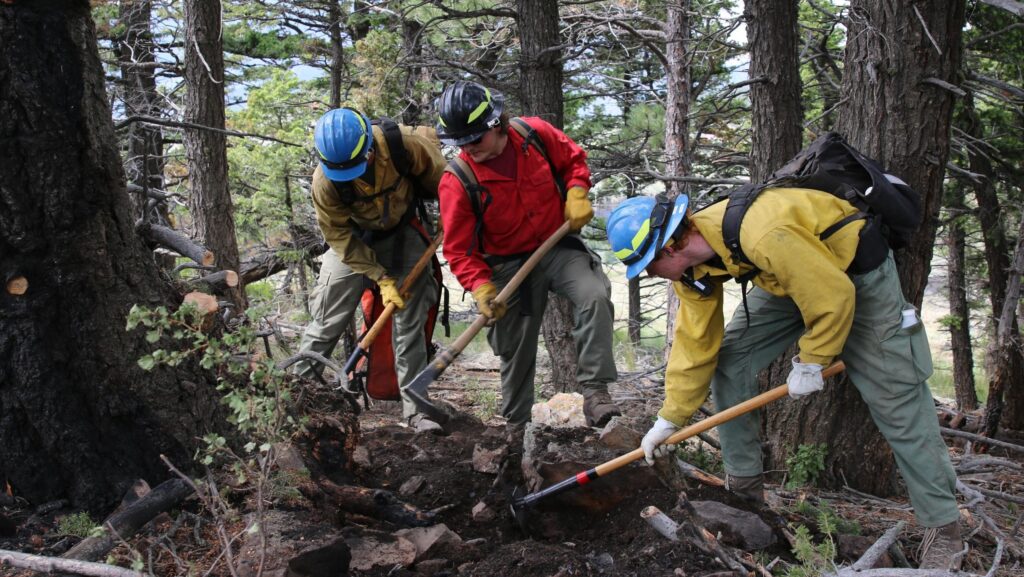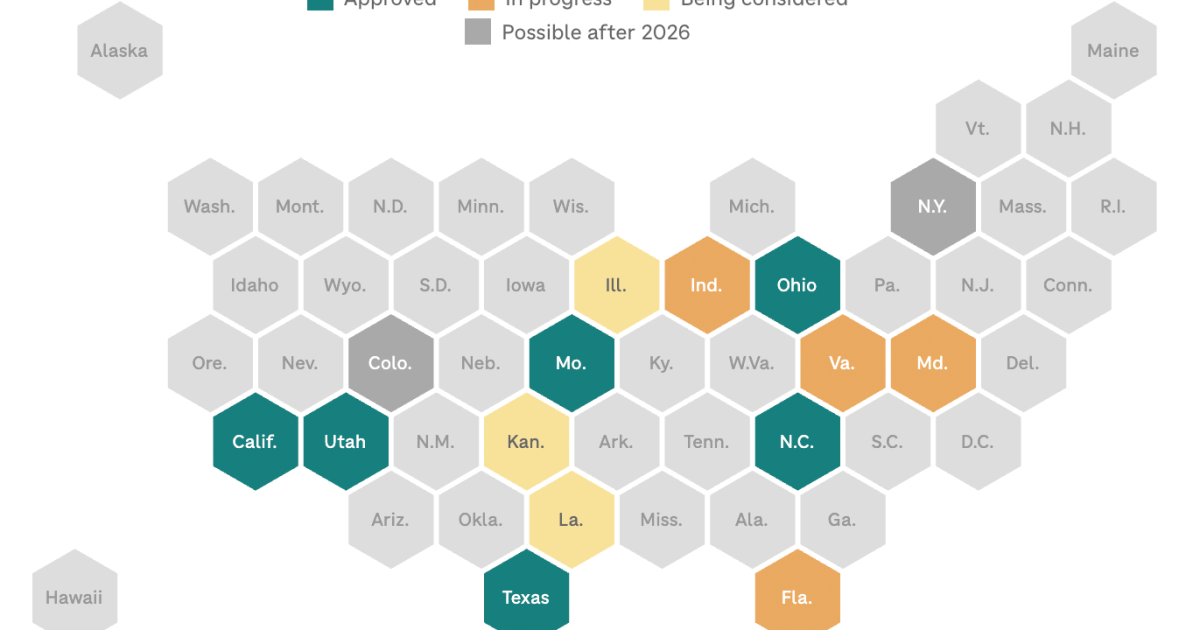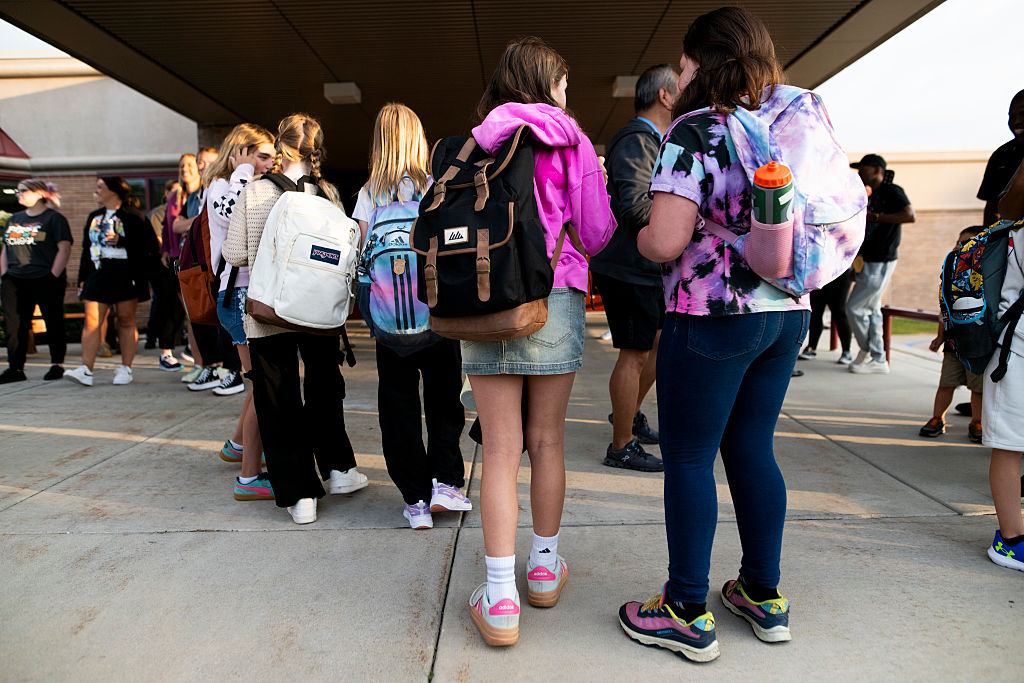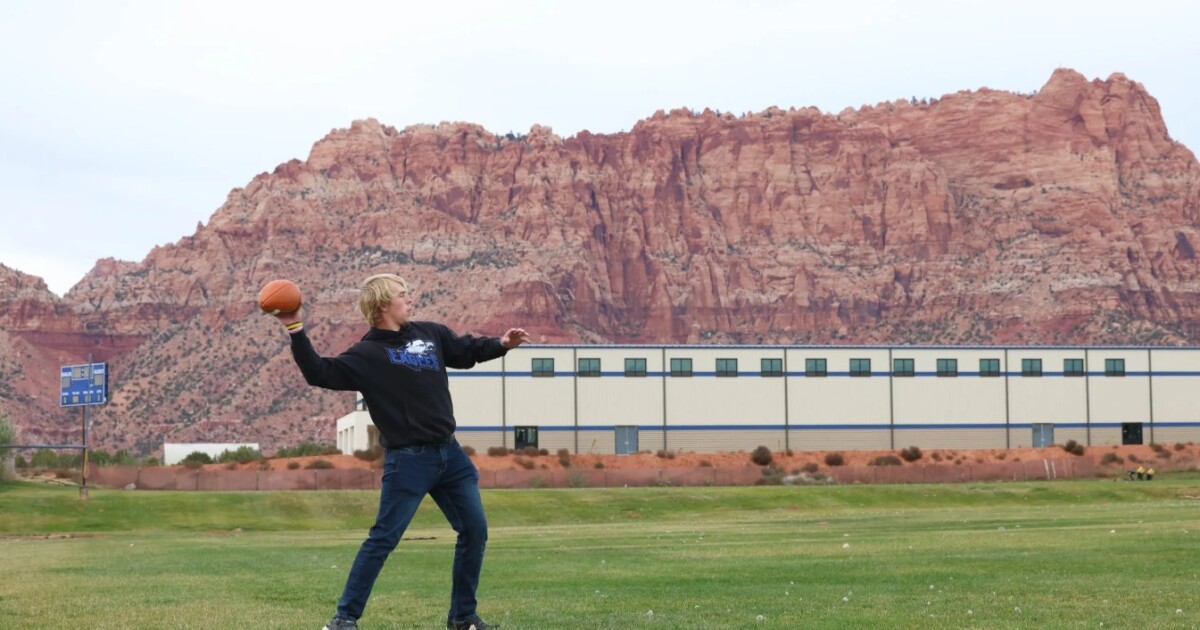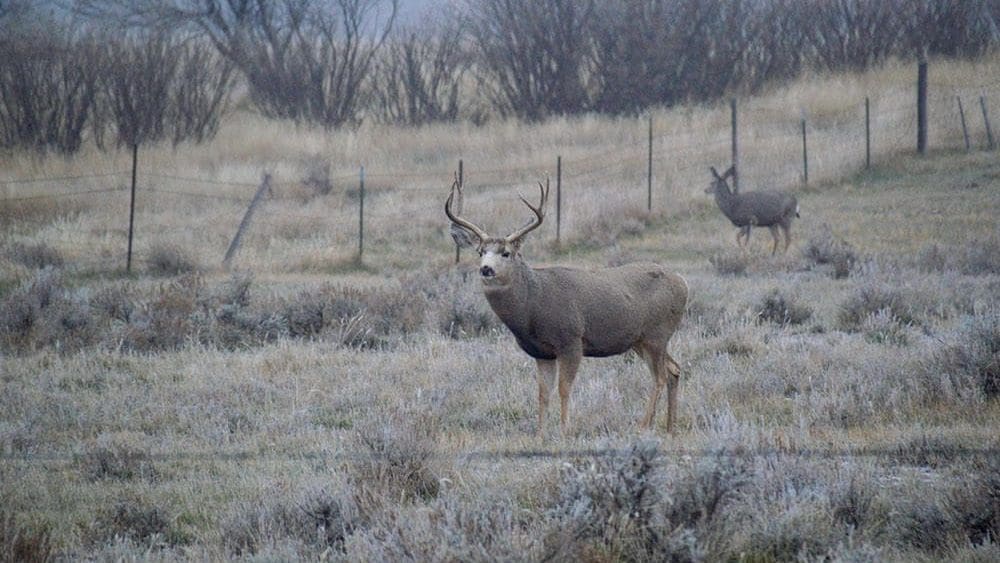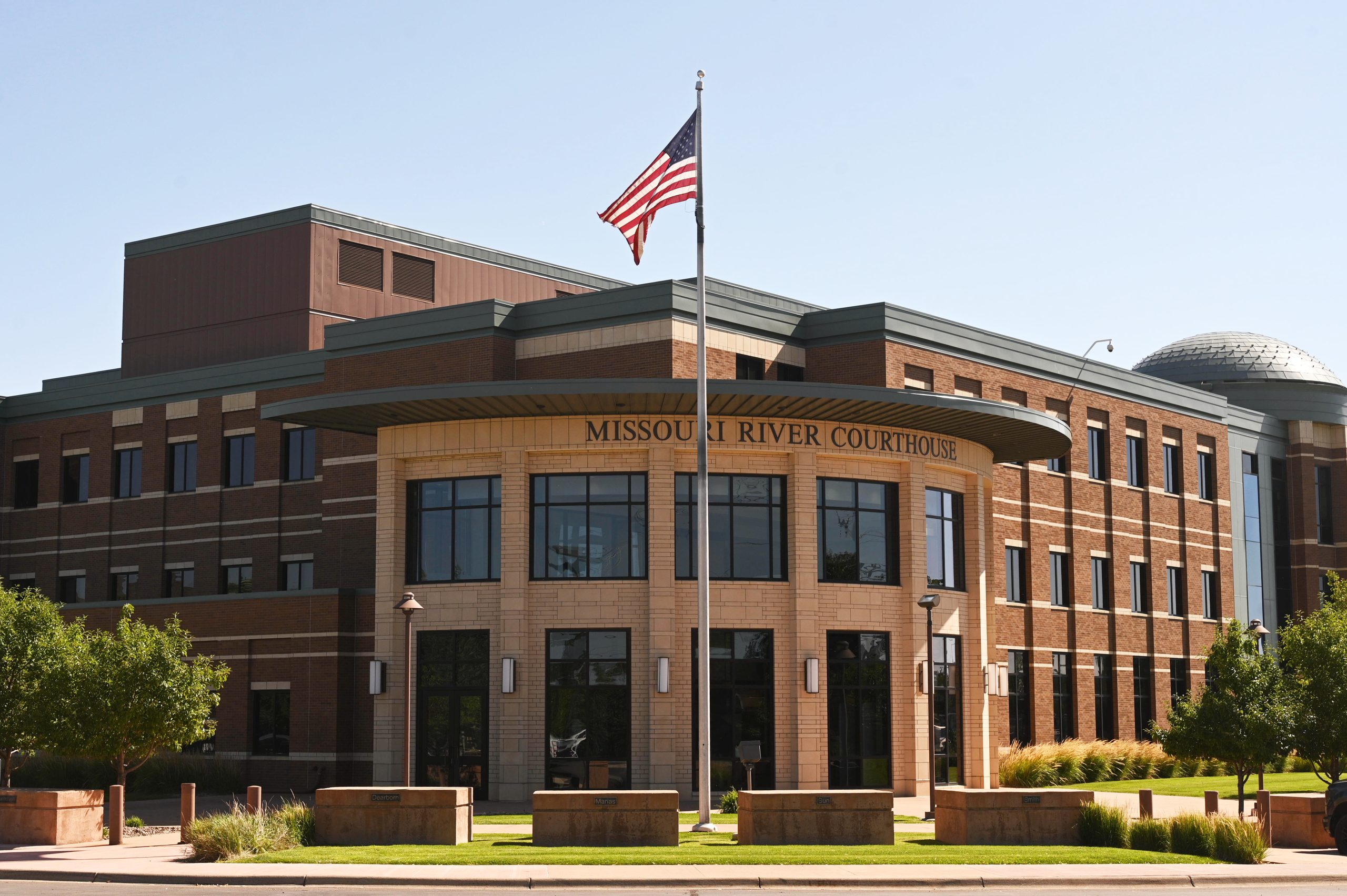This story is published by agreement with the Associated Press. It may not be republished without the express permission of the Associated Press.
BILLINGS — President Donald Trump has ordered the consolidation of wildland firefighting into a singular federal program, despite former officials’ warnings about potential costs and enhanced risks of large fires.
The directive seeks to unify current firefighting efforts spread over five agencies and two Cabinet departments. Trump’s next year’s budget proposes establishing a Federal Wildland Fire Service under the U.S. Interior Department.
This shift involves transferring thousands of U.S. Department of Agriculture Forest Service personnel, where most federal firefighters are based, amid an ongoing fire season. The administration has not clarified the financial implications of this reorganization.
Trump referenced January’s severe Los Angeles wildfires to underscore the need for quicker wildfire responses, stating, “Wildfires threaten every region, yet many local government entities continue to disregard common-sense preventive measures.”
The administration had earlier halted funding for wildfire prevention and reduced firefighter numbers via layoffs and retirements. The order notably omits any mention of climate change, despite its role in exacerbating wildfire intensity.
Last year, over 65,000 wildfires charred nearly 9 million acres nationwide. Firefighter organizations and ex-Forest Service officials argue that restructuring could be costly and disrupt efforts, emphasizing prevention over extinguishing outsized blazes.
A collective of former Forest Service chiefs warned that consolidation might “increase the likelihood of more large catastrophic fires, putting more communities, firefighters and resources at risk.” Federal officials anticipate another intense fire season, driven by above-average temperatures.
The Center for Western Priorities criticized Trump’s proposal as “madness” during active wildfire season, noting, “If President Trump was serious about improving the nation’s wildland firefighting capabilities, he would stop hollowing out the agencies tasked with fighting wildfires,” according to Aaron Weiss, the group’s deputy director.
A prior proposal to merge the Forest Service and Interior faced critique in a 2008 Congressional Research Service report for its potential drawbacks. However, the idea has gained bipartisan support recently, with Senators Padilla and Sheehy backing similar legislation. Sheehy, involved in aerial firefighting, acknowledged federal contracts in his company’s operations.
Trump also signed legislation by Sheehy authorizing U.S. military aircraft sales for wildfire purposes. Sheehy stated, fighting wildfires “more quickly and aggressively is America First common sense.”
The administration recently rolled back environmental safeguards for logging projects over half of U.S. national forests, largely in areas with high wildfire risk.
These regions, covering 176,000 square miles, are mainly in the West, but also in the South, the Great Lakes area, and New England, facing decline due to insects and disease.
—
Read More Montana News

